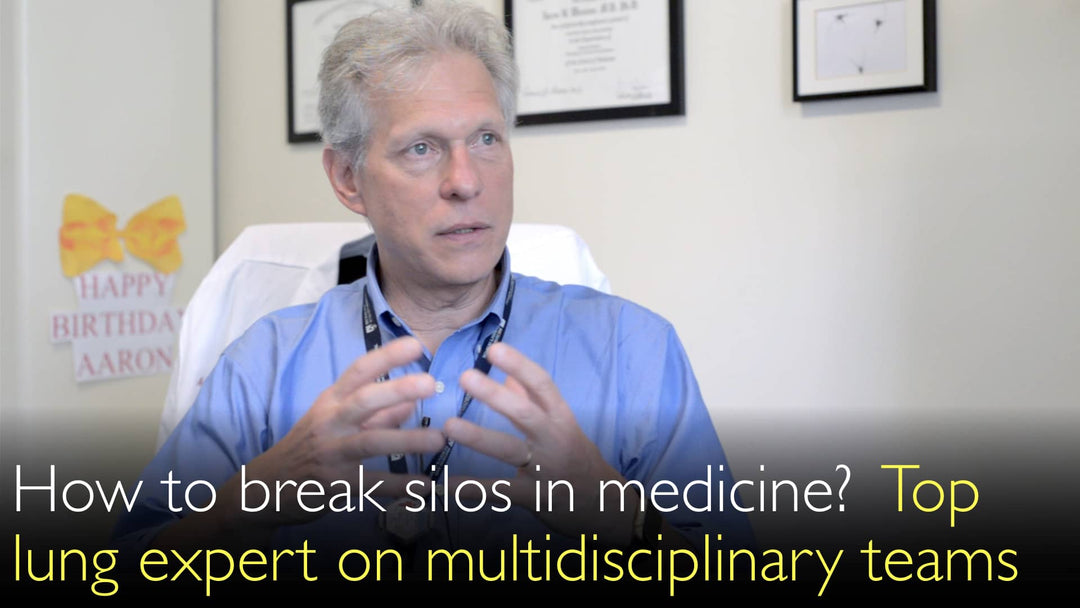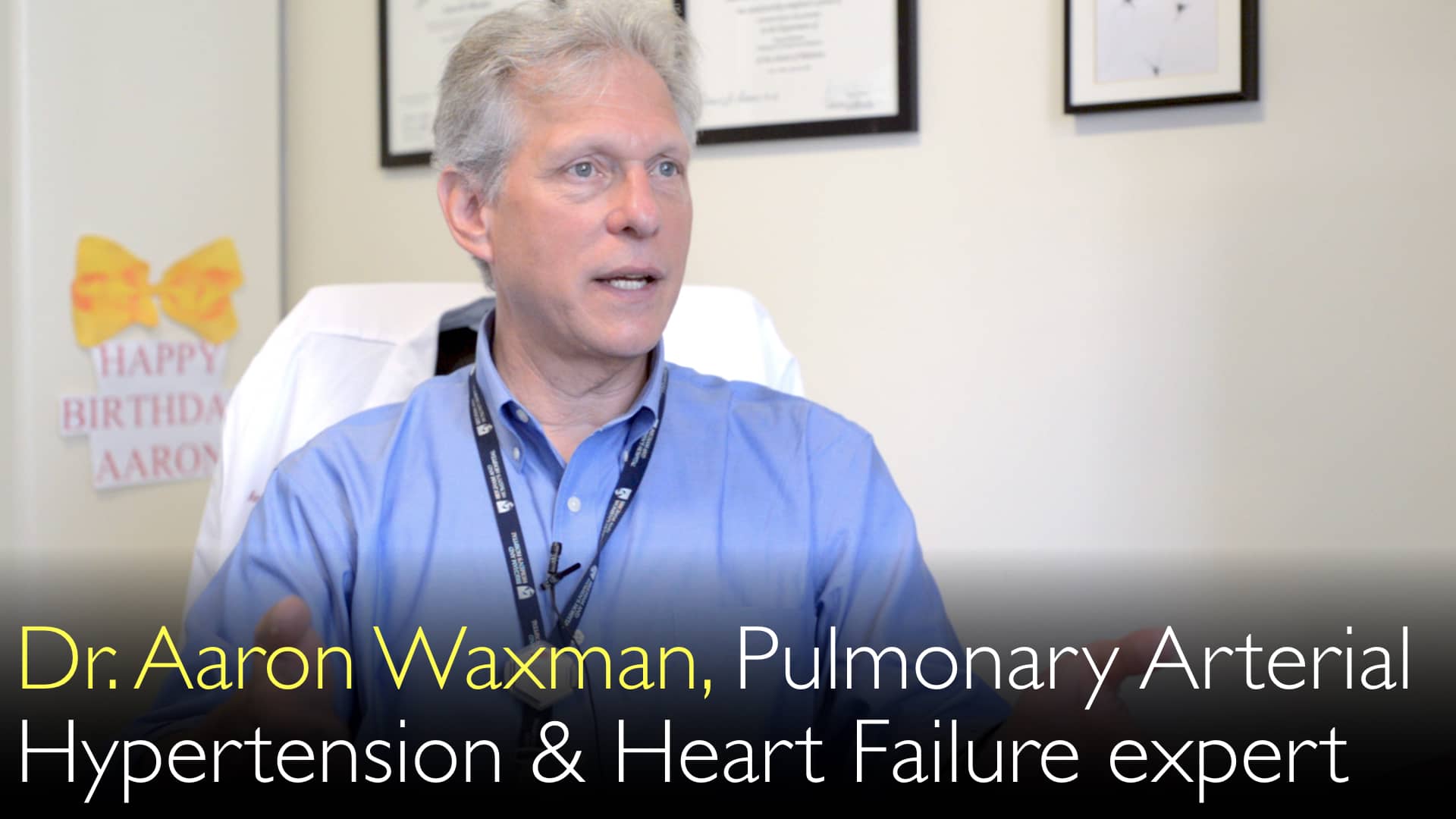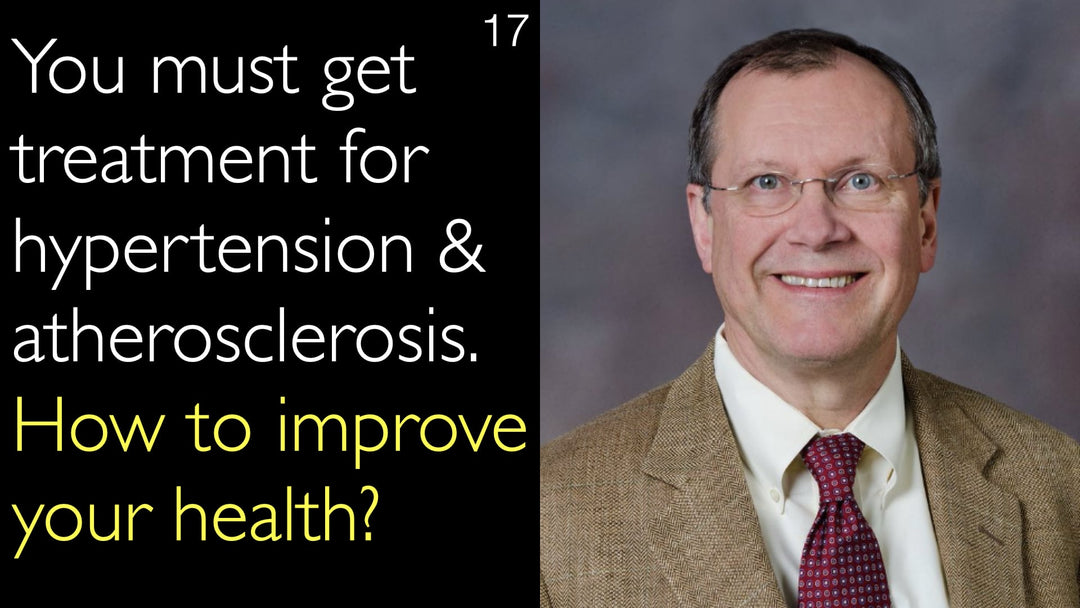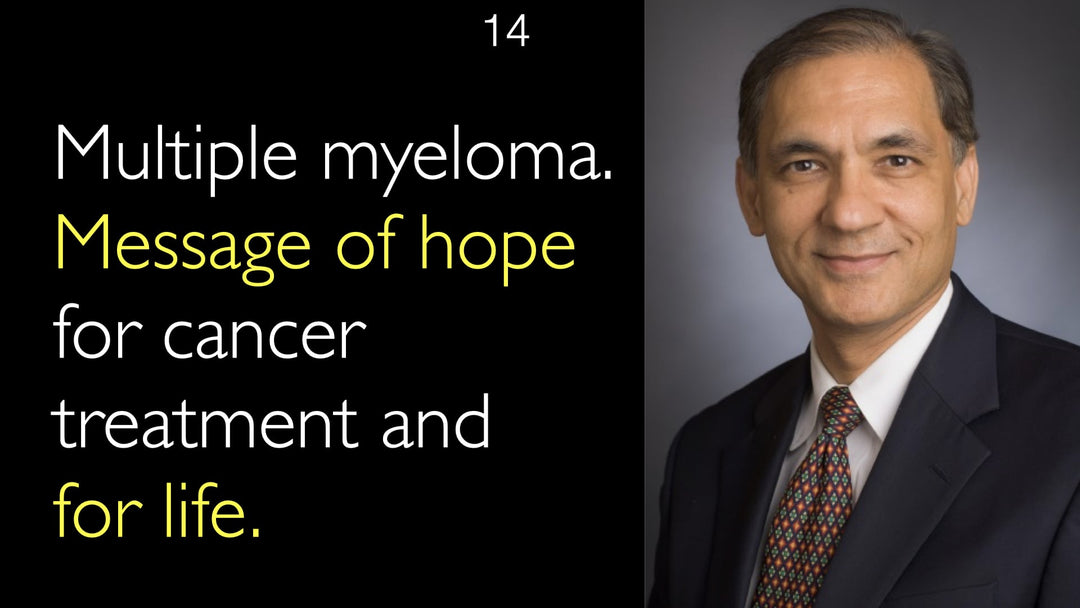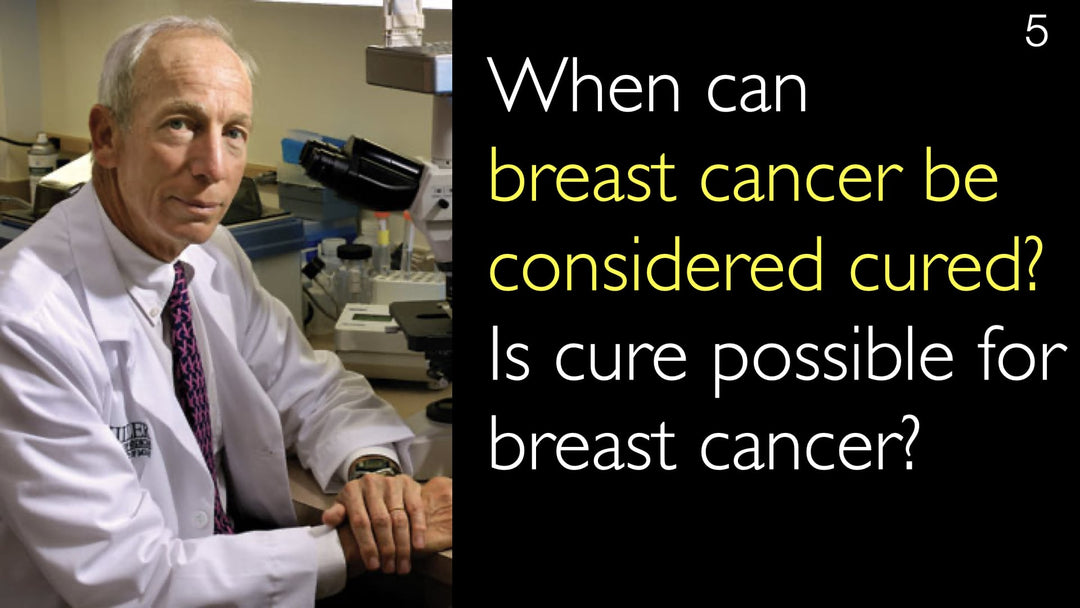מומחה מוביל ביתר לחץ דם ריאתי ואי-ספיקת לב, ד"ר אהרון וקסמן, MD, מסביר כיצד שבירת המחיצות הרפואיות חיונית לאבחון מדויק ולטיפול מיטבי. הוא תומך בגישה רב-מקצועית לטיפול במצבים מורכבים כמו יתר לחץ דם ריאתי. ד"ר וקסמן מפרט הליך חדשני של צינתור פוטס (Potts shunt) פֶּרְקוּטָנִי שפותח באמצעות שיתוף פעולה. הוא מדגיש כי על מטופלים לחפש מרכזים עם חשיבה פתוחה ויצירתית כדי להבטיח שיקבלו את הטיפול הטוב ביותר האפשרי.
גישה רב-מקצועית לאבחון וטיפול ביתר לחץ דם ריאתי ואי-ספיקת לב
קפיצה לפרק
- שבירת המחיצות הרפואיות לטיפול טוב יותר
- מודל המרכז הרב-מקצועי
- צינתור פוטס חדשני
- חוויית המטופל מול המחיצות
- החשיבות הקריטית של אבחון מדויק
- תמליל מלא
שבירת המחיצות הרפואיות לטיפול טוב יותר
ד"ר אהרון וקסמן, MD, מזהה את "גישת המחיצות" כמגבלה מרכזית לחדשנות ברפואה המודרנית. הוא מתאר זאת כראייה צינורית וצרה שבה מומחים עובדים בבידוד. מערכת מפוצלת זו עלולה למנוע את החשיבה השיתופית הנחוצה להתמודדות עם מחלות מורכבות. ד"ר וקסמן טוען כי מעבר למחיצות אלו הוא בסיסי להשגת אבחונים מדויקים וללא הטיה.
מודל המרכז הרב-מקצועי
הפתרון למחיצות הרפואיות הוא יצירת מרכזים רפואיים רב-מקצועיים. ד"ר אהרון וקסמן, MD, סייע בפיתוח מרכז למחלות לב ריאתיות שמכנס צוות מגוון של מומחים. צוות זה כולל קרדיולוגים התערבותיים, פולמונולוגים, מומחים לטיפול נמרץ וכירורגים של בית החזה. על ידי טיפוח שיתוף פעולה בין מומחים אלו, המרכז מעודד גישות חדשניות לטיפול במצבים כמו יתר לחץ דם ריאתי עורקי.
צינתור פוטס חדשני
תוצאה ישירה של מודל שיתופי זה הייתה פיתוח פרוצדורה של צינתור פוטס. ד"ר אהרון וקסמן, MD, מסביר שטיפול חדשני זה תוכנן עבור מטופלים עם יתר לחץ דם ריאתי עורקי מתקדם שאזלו כל אפשרויות הטיפול שלהם. הפרוצדורה כוללת יצירת גשר מהאאורטה לעורק הריאתי השמאלי והצבת סטנט, הפועל כ"שסתום פליטה". טכניקה זו, שפותחה עם עמיתים, מספקת גשר להשתלת ריאות תוך שמירה על חמצון פלג הגוף העליון.
חוויית המטופל מול המחיצות
ד"ר אהרון וקסמן, MD, מדגיש כיצד מחיצות רפואיות משפיעות ישירות על מסלולי הטיפול במטופלים. הוא מציין שמבני מערכת הבריאות often מנתבים מטופלים לדפוסי הפניה קבועים within מוסד בודד. עבור מטופל עם מחלה נדירה או קשה, זה may not be המסלול המיטבי. ד"ר אהרון וקסמן, MD, מדגיש שמטופלים should לבקש הערכה מצוות רב-מקצועי המסוגל לחשוב מחוץ לקופסה כדי לשפר את איכות חייהם, even when ריפוי אינו אפשרי.
החשיבות הקריטית של אבחון מדויק
בסופו של דבר, מטרת הטיפול הרב-מקצועי היא השגת אבחון מדויק ומלא. ד"ר וקסמן מציין שמטופלים, הנתמכים באינטרנט, הופכים increasingly ל-Self-advocates ומחפשים מרכזי מומחים worldwide. הוא מציין שמטופלים often נוסעים מרחקים ארוכים לתוכנית הקוצר נשימה שלו לתשובות. ד"ר אנטון טיטוב, MD מסכים, וקובע שהשגת האבחון הנכון היא paramount עבור מטופלים, ומספקת בהירות even when טיפול cannot להציע ריפוי מלא.
תמליל מלא
ד"ר אנטון טיטוב, MD: איך to break מחיצות ברפואה? מומחה ריאות מוביל. בעידן הרפואה המותאמת אישית, every patient must להיות מוערך על ידי צוות רב-מקצועי של מומחים מהשורה הראשונה. This is the only way להבטיח אבחון מדויק, נכון וללא הטיה ואת הטיפול הטוב ביותר for each patient. מומחה טיפול נמרץ ואי-ספיקת לב מוביל ממחיש.
ד"ר אנטון טיטוב, MD: Is there anything else you'd like to discuss?
ד"ר אנטון טיטוב, MD: Is there any topic that you would like to expand upon?
ד"ר אהרון וקסמן, MD: The biggest issue about my observations in medicine is this. We touched on that topic earlier. It is the whole silo approach to medicine today. Narrow tubular vision is probably one of the biggest limits to innovation in medicine.
ד"ר אהרון וקסמן, MD: One of the wonderful things about here is the sense of a multidisciplinary collaborative approach. We focus on pulmonary arterial hypertension and heart failure. We are setting up these multidisciplinary medical centers.
ד"ר אהרון וקסמן, MD: I was asked to develop the center for pulmonary heart disease. The concept is that we'd bring in surgeons, internists, and radiologists. We collaborate with all specialties who purely have interest in the area of lung disease.
ד"ר אהרון וקסמן, MD: This is what we are focusing on. It is pulmonary arterial hypertension; it is right-sided heart failure. Within our center for pulmonary heart disease, we have subsets of interested parties. It includes interventional cardiologists, pediatric cardiologists, pulmonologists, intensive medical care experts, pulmonary vascular disease-focused physicians, and surgeons.
ד"ר אהרון וקסמן, MD: Surgeons focus on both thoracic and cardiac disease. Everybody has a common overlap at some point.
ד"ר אנטון טיטוב, MD: You bring all these experts into a room together. You start talking about topics of pulmonary heart disease. Then you come up with ideas of novel approaches to treatment of pulmonary arterial hypertension and heart failure.
ד"ר אהרון וקסמן, MD: One treatment method that came out of that is this. We developed a method to do a percutaneous Potts shunt. It is used to treat pulmonary hypertension.
ד"ר אהרון וקסמן, MD: We took several patients who had advanced pulmonary arterial hypertension. These patients were treated to the limits of any treatment option. There was nothing more we could offer these patients with advanced pulmonary arterial hypertension. We could only proceed to lung transplant.
ד"ר אהרון וקסמן, MD: But lung transplant for pulmonary hypertension is a complicated process. We worked with our colleagues at Children's Hospital. We developed a treatment method where we could take these patients in the catheterization lab. We could create a bridge from the aorta into the left main pulmonary artery percutaneously.
ד"ר אהרון וקסמן, MD: We place a stent across that vascular bridge. We create a variable shunt that essentially worked as a blow-off valve. This was done without doing an atrial septostomy.
ד"ר אהרון וקסמן, MD: By doing it in the aorta to the left main pulmonary artery, you left the upper half of the body with normal oxygenation. And the lower half of the body had hypoxia. The result of that was obviously the kidneys kick in. A patient’s kidney started to produce more red cells, but it wasn't a problem.
ד"ר אהרון וקסמן, MD: It did help in the sense that it created a bridge that we could keep working on these patients and give them time to get transplanted. There is still lots of opportunity for improving something like that. But it is an example of how, if you get rid of the silos in medicine, you let people start interacting together and thinking freely.
ד"ר אהרון וקסמן, MD: Then you come up with approaches that people wouldn't have thought of on their own. This is very important, clearly. But also from a patient's perspective, it is important.
ד"ר אהרון וקסמן, MD: Another aspect of silos is something that is probably structurally also important. The way that healthcare is set up, at least today, it is very hard to get rid of the silos. This is the silo of any single medical institution or a hospital.
ד"ר אהרון וקסמן, MD: Because when a patient walks into the hospital, that hospital says this: "Okay, we will treat you; we are the best for you." Often the larger hospitals acquire physician group practices. Their referral patterns become fixed.
ד"ר אהרון וקסמן, MD: It sends all patients who walk into a physician's office on a certain path, which may be excellent, but may not be an optimal path for that patient. As a patient, you want to be assessed by a multidisciplinary team.
ד"ר אהרון וקסמן, MD: I have never had obviously a bad disease, but I have been a patient in a hospital for minor stuff. I would want a place that could think outside the box. Especially if I had a rare disease or a difficult disease, I'd be wanting someone to think about what else can I do here to try to improve the quality of life for that person?
ד"ר אנטון טיטוב, MD: It may not mean that I'm going to change survival dramatically, but at least improve upon the medical problem.
ד"ר אהרון וקסמן, MD: Because the truth is in medicine, and I'm not talking about internal medicine, we rarely cure things. I mean, sure, we cure infections and we cure some cancers, but most disease we manage long term. We don’t cure many diseases.
ד"ר אהרון וקסמן, MD: The better we learn how to manage with a goal towards finding a cure, the better off that patient's going to be.
ד"ר אנטון טיטוב, MD: You get into a place like here, where we have this multidisciplinary, open minded, out-of-the-box thinking processes going on. We serve a great purpose.
ד"ר אהרון ו�קסמן, MD: Worldwide also, modern technology allows us to go beyond any single institution and look at what's available. We know where the experts are located. We can transfer valuable information to them without perhaps even traveling.
ד"ר אהרון וקסמן, MD: It is interesting because, obviously, with the internet now, patients become often their own best advocates. Patients will find the options that are best for their treatment. As a result, our dyspnea program is an example.
ד"ר אהרון וקסמן, MD: We have had patients on their own find us and come from all over the world. I would say now pretty much every month we are seeing someone who has come a long distance to get an answer as to why they are short of breath.
ד"ר אהרון וקסמן, MD: Airline travel is not that expensive, of course; sometimes treatments are expensive. But compared to missed diagnosis and wasted money, the symptoms and the aggravation of the wrong treatment, that certainly is a much better solution. Getting an answer is usually very important to the patient.
ד"ר אהרון וקסמן, MD: Even if you can't make them better, they want to know, "What's wrong with me?"
ד"ר אנטון טיטוב, MD: That is very important, getting the right diagnosis, the precise and complete diagnosis.
ד"ר אנטון טיטוב, MD: Dr. Waxman, thank you very much for this very interesting conversation about lung disease and heart disease and lung vasculature. We hope to see your continued research and stem-cell research. We hope to come back to you with more questions in the future. Thank you very much!
ד"ר אהרון וקסמן, MD: Thank you, it was fun!


